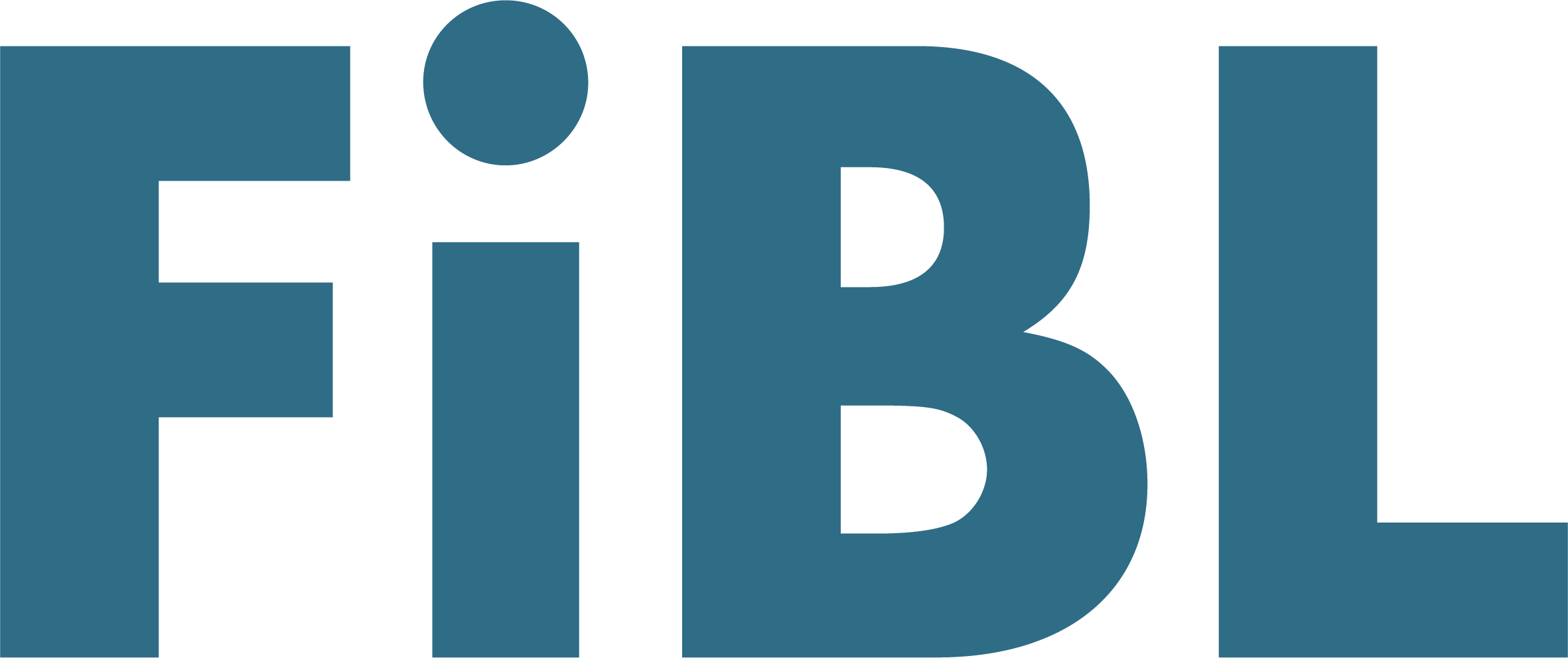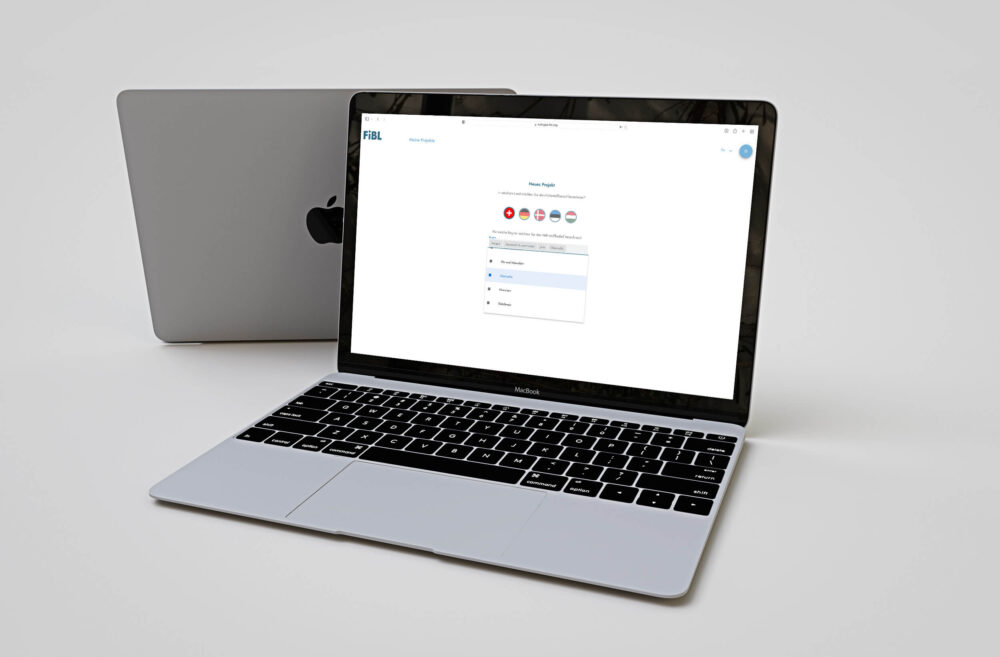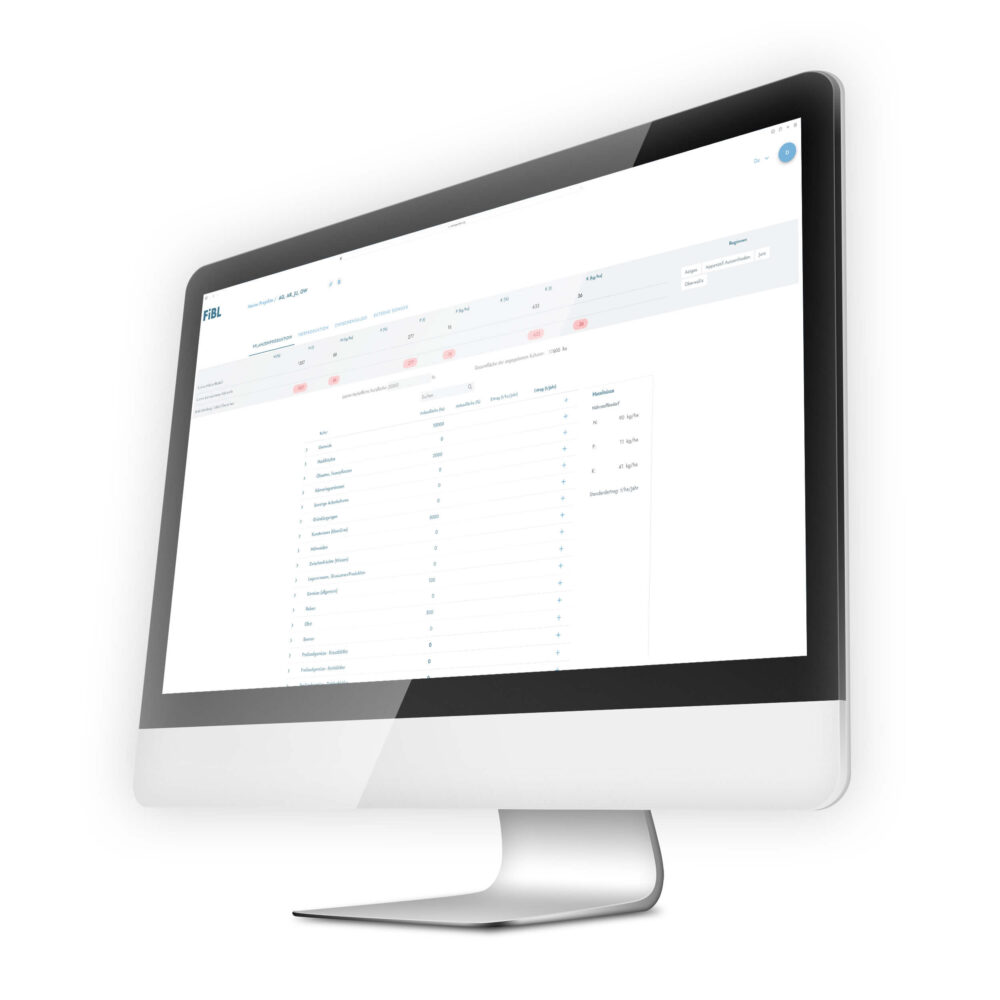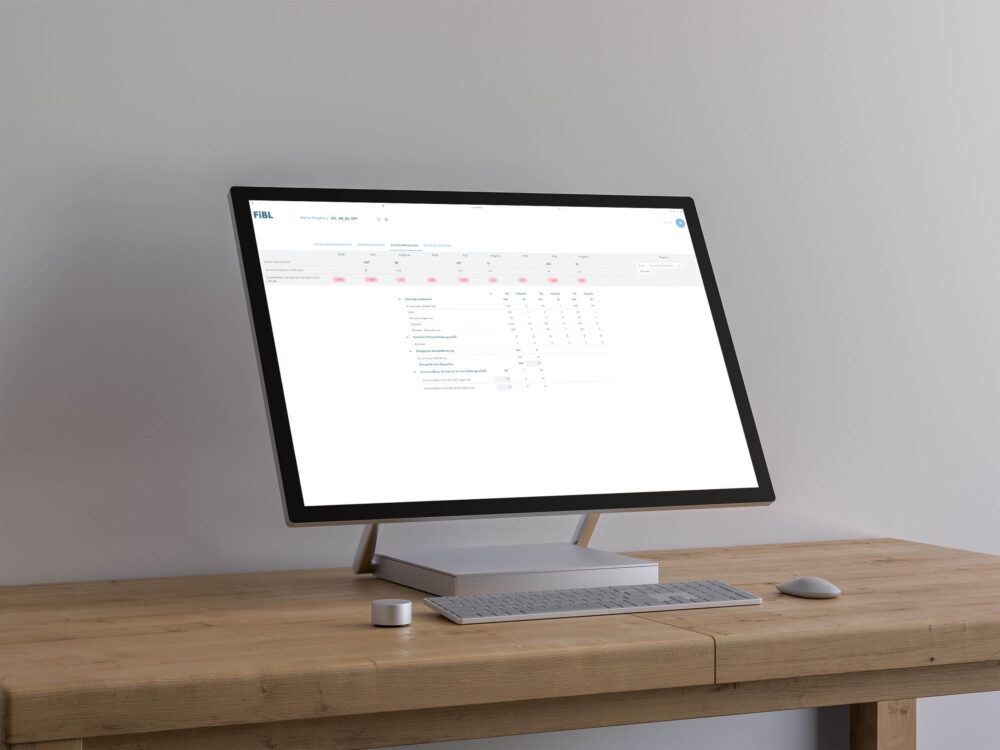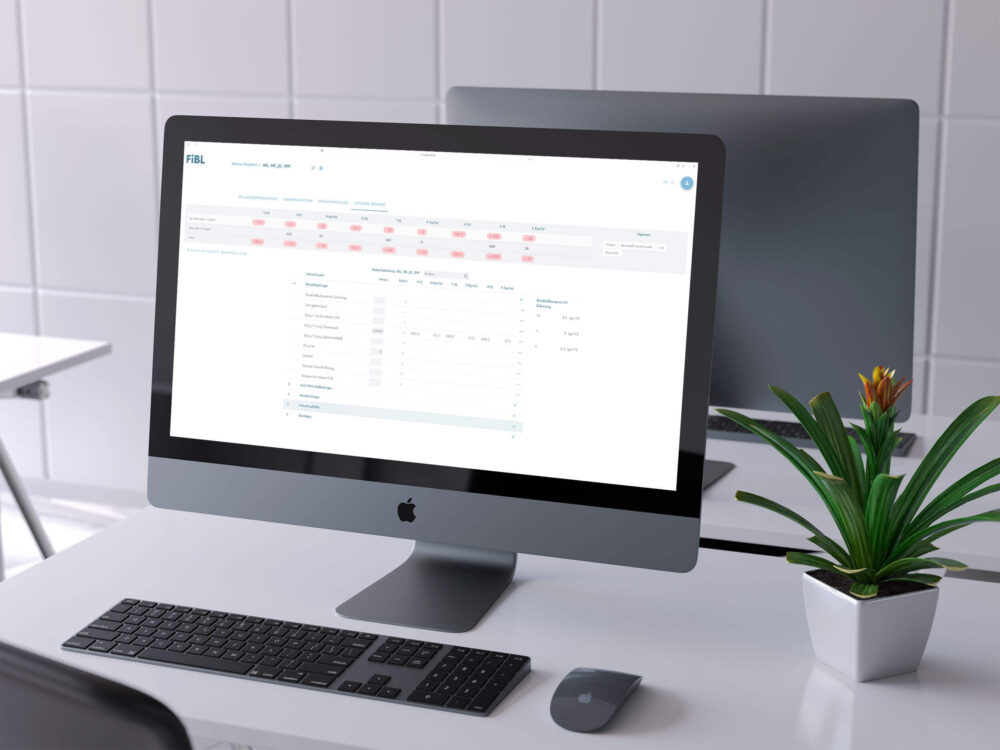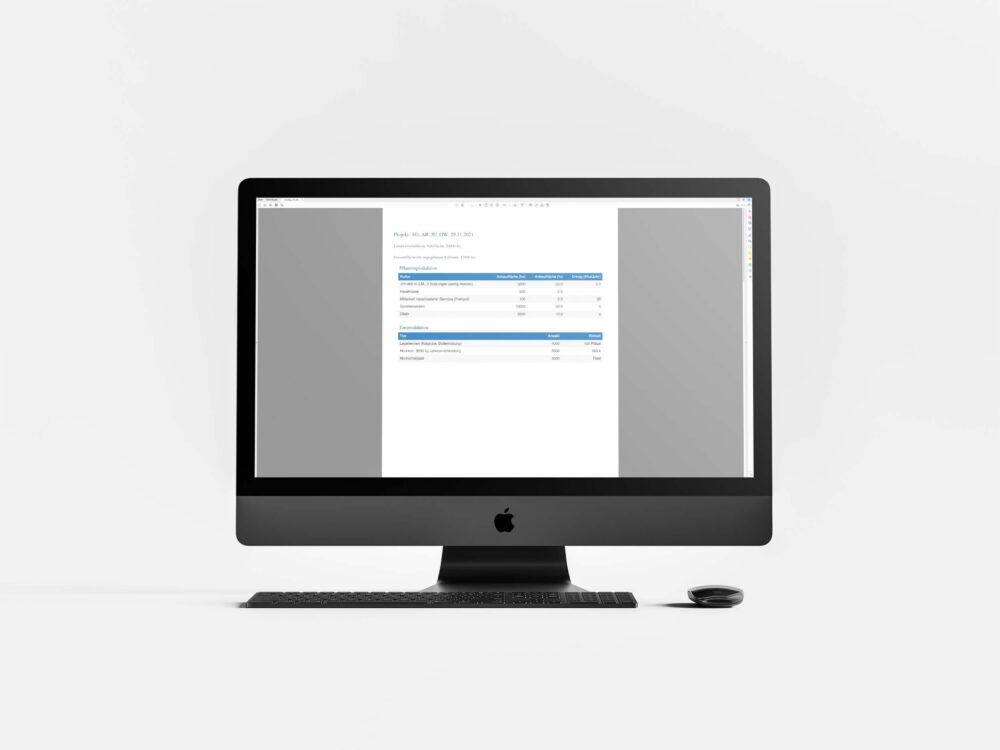Optimum nutrient budgets for sustainable soil quality
“Even though we communicated some wishes for the web-based tool very late in the project, Karakun managed to implement them quickly, pragmatically, and professionally. The application, developed as part of an EU research project, enables the further development of organic farming and supports the circular economy in the EU.”
Else Bünemann-König, Group lead Nutrient Mangement & Symbiosis

The demand for high-quality feed and food is steadily increasing. That’s not the only reason why organic farming and sustainable forms of agriculture are more and more in the focus of consumers, businesses, and politicians. However, this industry has to overcome a wide range of challenges – from the profitability of farms to maintaining a balanced ecosystem and preventing soil erosion. Innovative software solutions for the agricultural sector can help to solve ecological and economic problems.
One use case for software solutions in agriculture is the identification of potential imbalances in the nutrient balance of cultivated soils. A nutrient deficit can deplete soils in the long term and thus reduce soil fertility. At this stage, a project of the Research Institute of Organic Agriculture FiBL (https://fibl.org) starts. FiBL is working on projects to secure worldwide food supply and preserve natural livelihoods through organic farming and a sustainable food system.
Web-based solution for calculating nutrition budgets
A balanced nutrient budget at the farm level indicates no long-term depletion of soils, nor are nutrient losses to the environment likely due to a pronounced nutrient surplus. Organic farms can use an Excel-based tool developed by the University of Hohenheim (Germany, https://www.uni-hohenheim.de) for this purpose. Besides the advantage of simple calculation, there are many disadvantages, such as a lack of collaborative functions, data synchronization, and backups. Thus, the desire arose for a web-based platform that could accurately map workflows and calculate scenarios for a predefined region or even an entire country. The new application is supposed to be used by farmers and their associations, companies, ministries, and research institutions. Karakun supported FiBL in developing the web-based application NutriGap (https://nutrigap.fibl.org) as part of the H2020 project RELACS (https://relacs-project.eu/).
Agile implementation of customer requirements
During several requirements analysis and user experience workshops, the FiBL research group defined the requirements for the web tool together with Karakun. While tuning the business requirements and adjusting usability and design aspects, our team started implementing the tool using agile methods. Both FiBL and Karakun monitored and discussed the project progress weekly. Despite the short project duration of 3 months, a sophisticated, robust, and interactive web application was designed and implemented.
We realized requirements like failover, maintainability, and data storage efficiently and sustainably using Google Firebase as the infrastructure. And with Cloud Firestore, we implemented a document-based database cost-efficiently in the backend. For the development of the frontend, we counted on Vue.js as this established framework provides the necessary flexibility for the fast implementation of the application functions. By setting up a continuous delivery process, the FiBL team had the current development status available for testing at any time.
Ideal nutrition supply with NutriGap
Based on the acreage of different crops and livestock, users can now quickly and easily calculate the regional nutrient budget with NutriGap. The data basis for the calculations and simulation scenarios is already available in the tool. With these values, users can optimize the nutrient supply of the cultivated crops or optimally cover possible nutrient deficits with external fertilizers. By estimating the number of nutrients to be supplied by farmyard or commercial fertilizers, farmers can securely plan the purchase of additional nutrient sources. And most importantly for the environment, users can then determine the optimal measures and fertilization concepts to achieve a more balanced nutrient budget for a region’s soils by simulating different scenarios. For example, increasing the use of recycled fertilizers can reduce the environmental impact of synthetic nitrogen fertilizers and contribute to better soil quality.
The online platform is currently under evaluation by the EU project partners and is permanently further developed by the international research team. In the future, it will optimize the transport routes of recycled fertilizers and will be extended into a nutrient exchange. The pilot tool helps farmers to use organic fertilizers effectively and thereby reduce the environmental footprint of agriculture, first in pilot countries and later globally. Contributing to the development of digital solutions and data-based tools is essential to enable agricultural advisors, companies, politics, and authorities to promote and optimize the use, production, and logistics of biological fertilizers.
“Even though we communicated some wishes for the web-based tool very late in the project, Karakun managed to implement them quickly, pragmatically, and professionally. The application, developed as part of an EU research project, enables the further development of organic farming and supports the circular economy in the EU.”
Else Bünemann-König, Group lead Nutrient Mangement & Symbiosis



